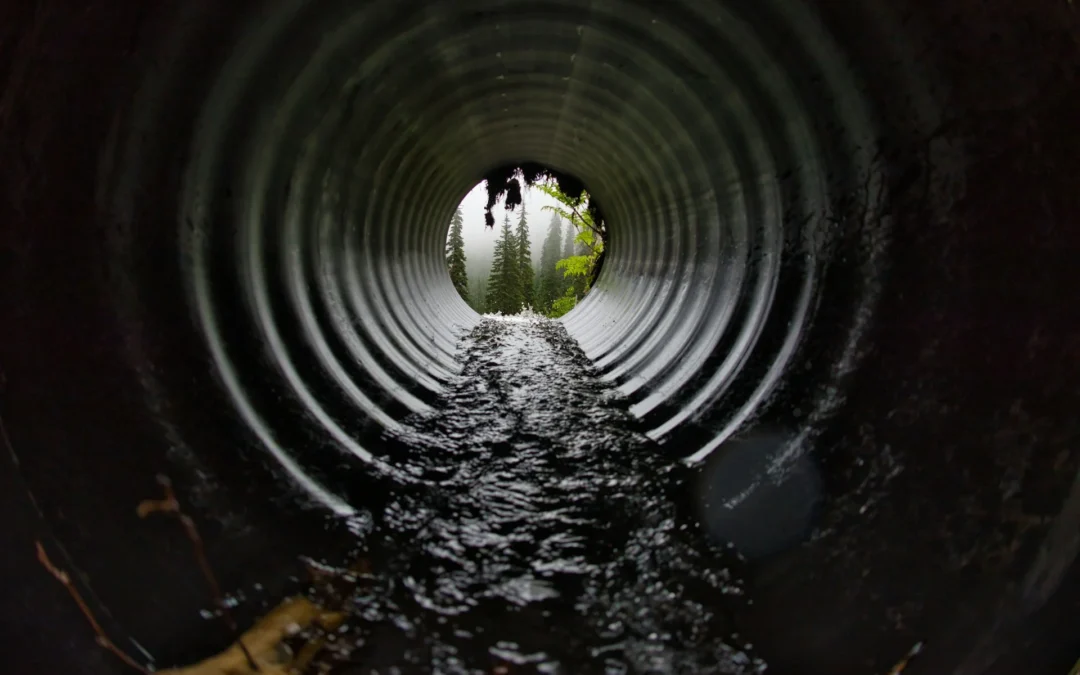Efficient wastewater management is crucial for maintaining a hygienic and healthy living environment, and one effective solution is the installation of a packaged pumping station. These compact, self-contained systems are designed to collect and transport wastewater from both residential and commercial properties to mains sewers or other treatment facilities.
Packaged pumping stations serve multiple purposes by catering to various wastewater management needs, such as collecting greywater from kitchens, bathrooms, and utility rooms, or handling sewage from toilets and sanitation systems. They are particularly beneficial for properties situated below the level of the mains sewer or those located too far from existing sewer lines, as they effectively transport wastewater to suitable treatment facilities.
Selecting and installing a packaged pumping station involves careful consideration of several factors, such as location, capacity, groundwork, and regulatory compliance. By gaining a thorough understanding of these aspects, property owners can enjoy the benefits of a well-designed, effective, and reliable wastewater management solution.
In the following guide, we will delve deeper into the key components, broad applications, and essential installation considerations of packaged pumping stations, paving the way for a seamless and efficient wastewater management system.
Key Components of Packaged Pumping Stations
1. Wet Well or Storage Tank
The wet well or storage tank is a critical component in a packaged pumping station, serving as a reservoir for collecting wastewater until it reaches a predetermined level, triggering the pump activation.
Wet wells are typically constructed from durable materials such as GRP, HDPE, or concrete to withstand the chemicals and substances present in wastewater. The chosen tank size depends on factors such as the anticipated wastewater volume, the number of users, and the required retention time to prevent odour issues.
2. Submersible Pumps
Submersible pumps are designed for submerged operation and play an essential role in pumping the wastewater to the appropriate treatment facility or mains sewer. These pumps can handle both clear water and solid waste, such as sewage, depending on the station’s specific application. The number of pumps, their capacity, and materials used in their construction will vary with requirements, taking into account factors like flow rate, discharge head, and the nature of the wastewater.
3. Pipework, Valves, and Fittings
Pipelines, valves, and fittings facilitate the transfer of wastewater from the property to the wet well and then towards the mains sewer or treatment facility. The choice of materials, such as PVC, HDPE, or stainless steel, depends on the type of wastewater being handled and local regulations. Essential components include non-return valves to prevent backflow, and gate valves for isolation during maintenance.
4. Control Panel and Automation
The control panel is the nerve centre of a packaged pumping station, responsible for monitoring the wet well level, activating the pump, and managing the system’s performance. Many modern control panels offer advanced features such as remote monitoring, allowing property owners or maintenance teams to track and manage the system’s performance remotely, enabling proactive problem-solving and reducing the risk of breakdowns.
Broad Applications of Packaged Pumping Stations
1. Residential Properties
Packaged pumping stations are widely used in residential properties that cannot rely on gravity to move wastewater towards the mains sewer or treatment facility. Examples include properties with basements or those situated in low-lying regions where the direction of the mains sewer is uphill.
2. Commercial and Industrial Properties
Commercial establishments, such as offices, hotels, restaurants, and leisure centres, often require a dedicated wastewater management solution. Packaged pumping stations can handle greywater and sewage from these facilities, ensuring proper sanitation and adherence to environmental standards.
3. Agricultural Applications
In agricultural settings, waste from animal husbandry, crop irrigation, or other similar processes can generate significant volumes of wastewater. Packaged pumping stations can efficiently transfer this effluent to appropriate treatment facilities or reuse it for irrigation, conserving water resources and safeguarding the surrounding environment.
4. Temporary or Remote Installations
Packaged pumping stations offer a flexible solution for temporary or remote installations, such as construction sites, outdoor events, or off-grid residential properties. Their self-contained nature and easy transportability provide effective wastewater management wherever it is required.
Essential Installation Considerations
1. Location and Groundwork
Choosing the right location for a packaged pumping station requires considering factors like the proximity to the wastewater source, access for installation and maintenance, and the impact on the surrounding environment. Adequate groundwork is also crucial in ensuring a stable, leak-proof, and long-lasting installation.
2. Capacity and Sizing
The size and capacity of the packaged pumping station must be carefully determined to accommodate the property’s wastewater generation, user count, and the required retention time. Calculating parameters such as flow rate and discharge head also plays a critical role in selecting the appropriate pump size and power.
3. Regulatory Compliance
Installation of a packaged pumping station must comply with local building and environmental regulations. Guidelines from wastewater authorities, such as the British Building Regulations Approved Document H or Environment Agency requirements, must be adhered to during the design and installation process.
4. Professional Installation and Maintenance
Professional installation and maintenance are crucial to the success of a packaged pumping station. Engaging a reputable manufacturer or installer ensures that the system operates at maximum efficiency, meets regulatory requirements, and enjoys a longer lifespan.
Final Thoughts
Packaged pumping stations are a proven, reliable, and efficient wastewater management solution for residential, commercial, industrial, and agricultural applications. By understanding their key components, broad applications, and essential installation considerations, property owners can enjoy seamless and effective wastewater management.
With proper planning, professional installation, and ongoing maintenance with A&C Pumps, a packaged pumping station can be a cost-effective and environmentally responsible choice for wastewater management.

